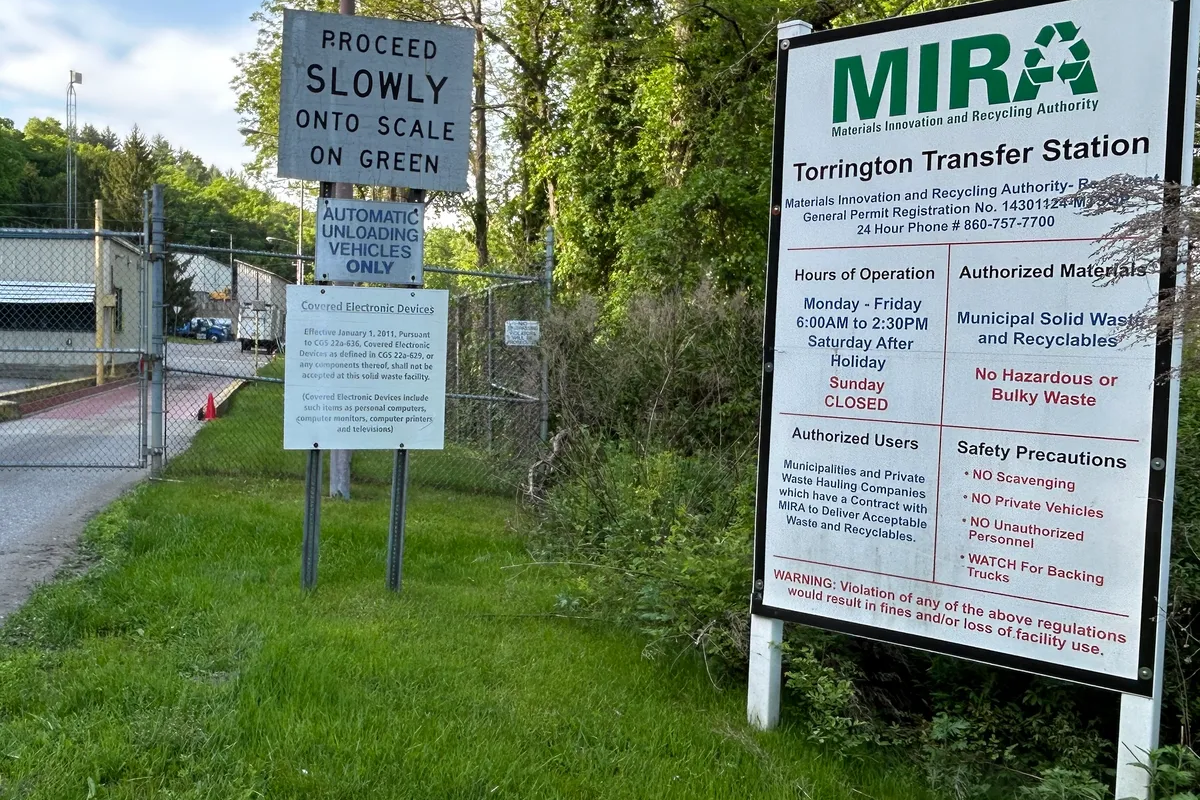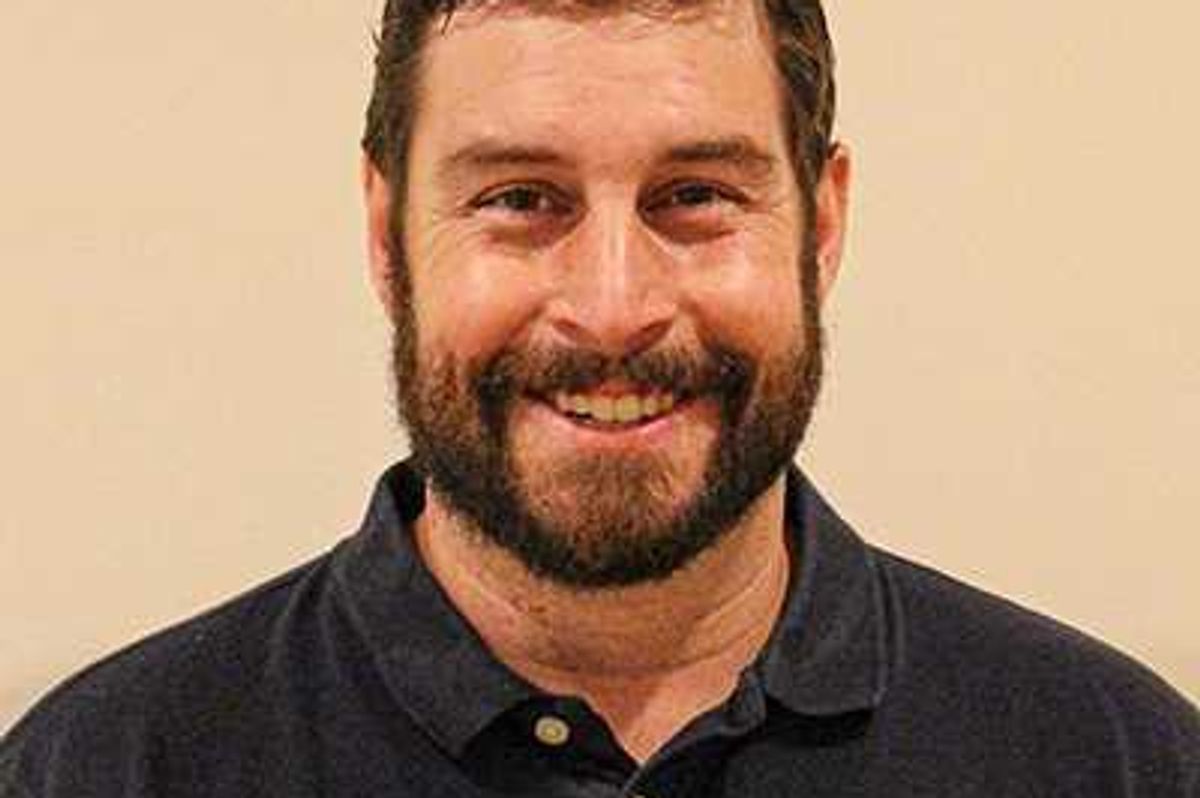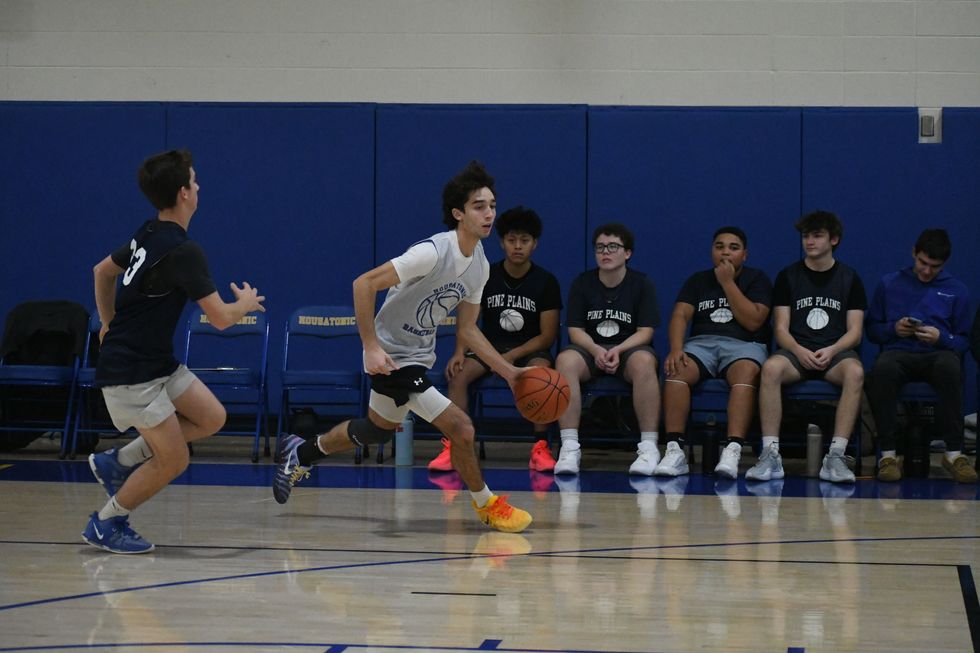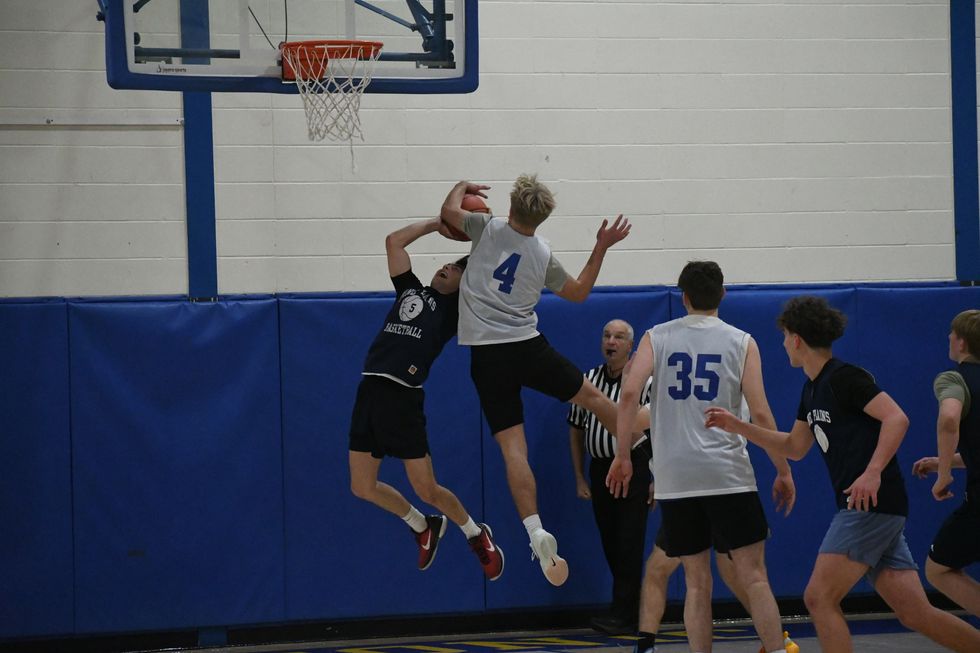Workers in America are rethinking who they are and what they want. For the first time in decades, the stars have aligned to give the labor movement a much-needed lift. Will this prove to be a flash in the pan or something more lasting?
The share of American workers who claim union membership has been declining for years. There are many reasons for this decades-long decline. U.S. legislation and the court system has created enormous challenges to forming unions. The transfer of jobs to low-paying countries overseas has also devastated union membership. Labor membership can also be expensive with high monthly dues. In the past thirty years of declining real wages, most workers were grateful to just keep their jobs.
Everything changed with the arrival of COVID-19. The pandemic ushered in massive unemployment, huge safety risks for employed workers in essential sectors, and a wholesale movement toward work-at-home solutions. And from the ashes a new attitude toward labor was born.
Workers employed in “essential industries” who showed up to keep the country running were no longer taken for granted. Nurses, truck drivers, food industry workers and more became the new American heroes. The White House honored and featured ordinary laborers, who made extraordinary efforts in our time of crisis.
The pandemic forced many Americans to rethink their relationship to work overall. We are, for example, one of the few nations where health care benefits are dependent on your employment. As health care risks and unemployment skyrocketed simultaneously, holes in our private health insurance became readily apparent.
Many Americans’ obsessive belief that “work first, ahead of everything else” as life’s preeminent goal needed to be re-examined. Work issues such as safety, benefits, wages, and more rose to the surface. Burnt-out workers decided to resign or retire rather than remain at their jobs. Others are taking a more aggressive approach to the workplace.
Unionization, for many, has been perceived as a viable instrument for change. In 2020, union membership ticked up to 11%; about half that gain came from the public sector. Union actions increased in 2021. The Department of Labor reported 13 labor strikes in 2021, but they only included strikes of 1,000 workers or more. Under the surface, labor experts say that well over 225 strikes is a more accurate number if you include smaller company workforce actions.
The nation’s attention, however, focused on several high-profile union actions. Amazon, Starbucks, John Deere and Kellogg’s have been targets of the labor movement.
Amazon, the country’s number two employer, fought a massive campaign to defeat union organization in Bessemer, Alabama, this year. The vote to organize was defeated, a major blow to unions nationwide. But soon after, the National Labor Relations Board determined that the company improperly pressured warehouse staff not to join the union. That was no surprise to union organizers. It is a part of an ongoing trend dating back to the 1970s where companies have engaged in unfair labor practices that were largely supported by labor laws favoring employers over workers.
Thanks to the pandemic-induced change in attitude toward workers, positive union sentiment is at a generational high in the U.S., with 68% of Americans supporting unions, according to recent data from a Gallup poll. The Biden Administration is also supportive of unions, as are many in the Progressive wing of the Democrat Party. The PRO Act, currently being debated in the U.S. Senate, would make it easier for employees to unionize and establish tougher penalties for employers who illegally attempt to stop their efforts. It would also allow gig workers and contractors to organize alongside traditional employees.
These trends, together with the present labor shortage, have strengthened the hand of labor unions going forward. Amazon workers are slated to vote again in Alabama this month. Kellogg’s 1,400 workers went on strike Oct. 5, 2021, and settled it on Dec. 21. In Nov. 2021, John Deere’s 10,100 production and maintenance workers won their strike with management and signed a new six-year agreement.
Late last year, workers in Buffalo, N.Y., a city with a pro-union history, voted to form a union at Starbucks. It was one of three Starbucks locations in the city that held a vote (the second branch ended in a tie, while the last voted to reject unionization).
Observers are watching these actions carefully, given that there are 8,000 corporate Starbucks locations across the U.S. It is the first successful attempt to unionize an unskilled labor force in the leisure and hospitality sectors. As such, a better, union-negotiated contract could spur more unionization efforts across the country. Whether these union efforts end with a bang or a whimper, bringing the American worker’s condition to the forefront of the American agenda is an absolute positive in my book.
Bill Schmick is registered as an investment advisor representative of Onota Partners, Inc., in the Berkshires. Bill’s forecasts and opinions are purely his own and do not necessarily represent the views of Onota Partners, Inc. (OPI). None of his commentary is or should be considered investment advice. Email Bill at bill@schmicksretiredinvestor.com.





 Nick Crodelle dribbles the ball up the court during the game.
Nick Crodelle dribbles the ball up the court during the game. Anthony Labbadia
Anthony Labbadia Owen Riemer block By Riley Klein
Owen Riemer block By Riley Klein 




Has labor found its mojo?